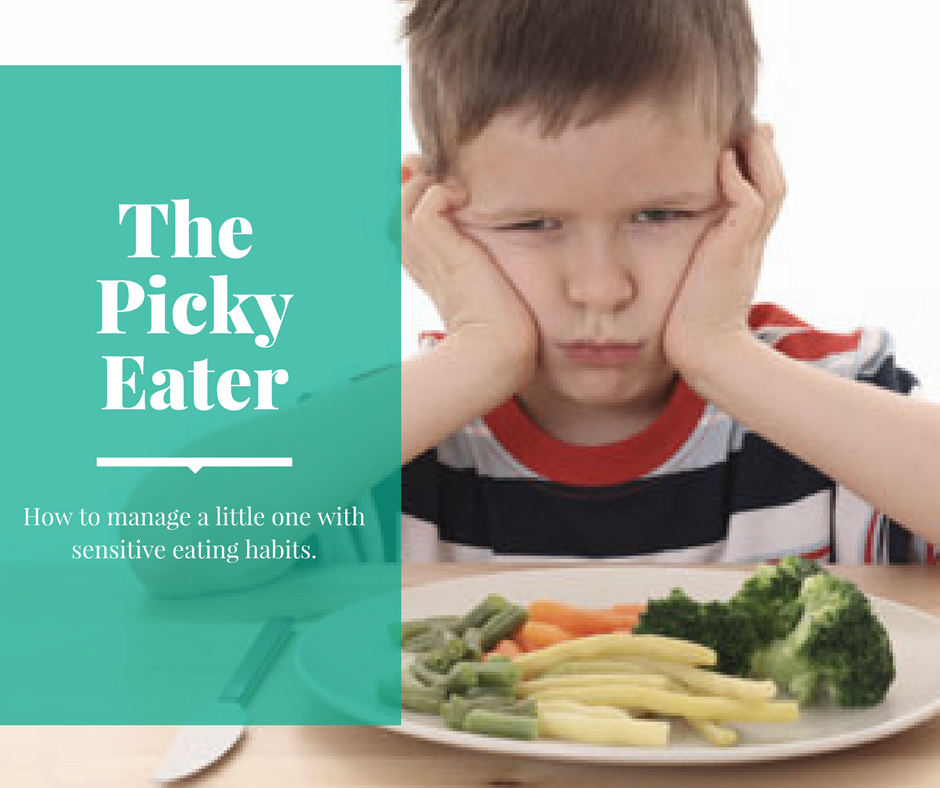 During one of my first few experiences as an ABA therapist, I was introduced to “The White Diet”. We had a particular student who would only eat white foods, such as pasta, bread, crackers, and cheese. Since then, I’ve seen many versions of the picky eater – the student who would only eat a certain kind of store-bought chicken nugget, the student who would eat french fries ONLY from McDonalds, or the one who would only eat hot, home-made toast. If you’re working with a child who is a picky eater, there are ways to expand their food repertoires.
During one of my first few experiences as an ABA therapist, I was introduced to “The White Diet”. We had a particular student who would only eat white foods, such as pasta, bread, crackers, and cheese. Since then, I’ve seen many versions of the picky eater – the student who would only eat a certain kind of store-bought chicken nugget, the student who would eat french fries ONLY from McDonalds, or the one who would only eat hot, home-made toast. If you’re working with a child who is a picky eater, there are ways to expand their food repertoires.
Investigate Other Reasons
We don’t always know the reasons for a child to be a picky eater. Before starting with any behavioural intervention, it’s a good idea to rule out any other possible causes. For example, if a student has difficulty chewing and/or swallowing, it might be a good idea to consult with an SLP or OT (with experience in feeding issues) to make sure that there isn’t a bigger motor issue. Alternatively, if a child used to eat a variety of foods and then suddenly stopped, we want to make sure that there isn’t something physiological going on – is he sick? Constipated? Developed any allergies?
Is the Target Socially Significant?
Once we’ve ruled out other possible causes of picky eating, we can begin to look at it from a behavioural lens. With anything we target in behavioural analysis, we aim for goals that are socially significant. This means that the lack of skill is affecting the student’s life significantly enough that it is worth teaching. Or, the negative behaviour has become pervasive enough to be getting in the way of important activities or safety. Parents usually want their kids to be eating a more well rounded diet than they are but that doesn’t mean that it’s worth programming for. We should allow for personal preference in the food choices they make. It’s important to gauge the difference between personality choices and social significance when choosing whether or not to intervene.
If it is behavioural and extreme, there is a simple way to target food sensitivity:
5 steps to Teaching a Child to Tolerate New Foods
Step 1 – Keep a Food Log
Parents should fill out a food log or food consumption chart. Before implementing any kind of intervention, we want to get an idea of the foods that the child is currently eating. At this stage, there is not new food presented, just a log of what the child’s choices are.
Step 2 – Analyze the Log
Analyze the data in the food log. Is there a pattern? Are the tolerated foods similar in some way?
Example: Are the foods all carbs? Are they all white? Are they all bland/smooth? Are there any fruits that the student will tolerate? Any vegetables? Any meats?
Step 3 – Create a Hierarchy of Foods
Based on the data from the food log, create a hierarchy of foods. Put the foods that the student is most likely to accept first on the list. Sometimes, we have even needed to start with already accepted foods but presented in a different way (eg: a sandwich cut in a different direction, goldfish crackers in a baggie instead of a container, etc.)
Step 4 – Start Slow and Small
Start teaching the child to eat a variety of foods. Start slow by reinforcing small approximations. At first, the child is only expected to tolerate the new food on his plate, to picking it up, to putting it to his lips, to eating small bites.
Continue to take data and track what the student is tolerating. The data collection system we use for this is a rating scale based on the article https://www.ncbi.nlm.nih.gov/pmc/articles/PMC3793013/
Step 5 – Assess if it’s Working
If the intervention is working – great, keep it going. If it’s working, time to reassess and try something different.


